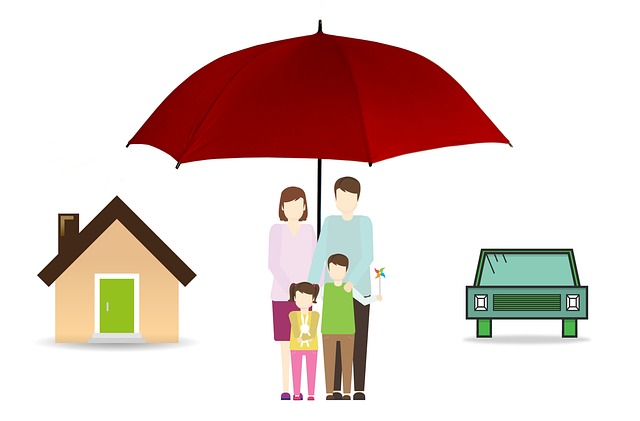Preparing Children for a New Caregiver: Tips for Smooth Transitions
Switching to a new caregiver can create uncertainty for children and parents. This article offers practical guidance on preparing kids emotionally, verifying caregiver qualifications, maintaining routines, and establishing clear safety and communication practices so transitions are calmer and more predictable.

Introducing a new caregiver requires careful planning to reduce stress and build trust. Children respond well to predictability, so thoughtful onboarding, steady routines, and clear supervision expectations make a big difference. This article covers screening and background checks, how to gather references, what to include in contracts and scheduling, how to plan for emergencies, and why certifications matter. Each step reinforces safety and helps children accept change more easily.
How can childcare routines ease onboarding?
Consistent childcare routines are one of the most effective tools for easing transitions. Keep familiar morning and bedtime rituals, meal patterns, and playtime activities during the onboarding period so children have anchors they recognize. Use visual schedules, simple charts, or a photo calendar to show the new routine and introduce the caregiver’s role in those routines. Gradually transfer responsibilities—start with short visits, then supervised play sessions—so children can build comfort before full responsibilities resume.
What supervision and monitoring practices help?
Clear supervision expectations protect children and help caregivers perform reliably. Discuss how active supervision will work: whether caregivers should maintain sight lines, stay within a certain proximity during play, or use check-in times for older children. Decide on monitoring tools you are comfortable with—such as brief text updates, a daily activity log, or occasional live check-ins—and communicate privacy boundaries. Regular, predictable updates reduce anxiety for parents and let caregivers focus on attentive supervision.
How to handle screening, background checks, and references?
Thorough screening is essential to safe caregiving. Request and verify references from previous families or employers to learn about reliability, temperament, and caregiving style. Conduct background checks where permitted by law and appropriate for your area; these checks can cover criminal history and other public records. Use structured interview questions that probe experience with the child’s age group and any special needs. Keep records of screening steps and consent documentation to preserve transparency.
What should contracts and scheduling cover?
A written agreement clarifies expectations for both families and caregivers. Include agreed hours, compensation terms, cancellation policy, duties such as meal preparation or homework help, and confidentiality guidelines. Scheduling details should state start and end times, how to request overtime or additional shifts, and preferred communication channels for last-minute changes. Update contracts when responsibilities change and ensure both parties have a signed copy so misunderstandings are minimized.
How to prepare emergency plans and safety measures?
Share clear emergency plans with any new caregiver: list emergency contacts, pediatrician information, known allergies, and the location of first-aid supplies. Walk through home safety features such as locks, stair gates, and safe storage for medicines and cleaning products. Explain step-by-step responses for common scenarios—fever, minor injuries, or a behavioral crisis—and outline when to seek medical care. Practicing basic drills or reviewing the plan aloud can help the caregiver respond calmly when real issues arise.
Are certifications useful in caregiving?
Certifications like pediatric first aid and CPR are practical indicators of preparedness, especially for infants or children with medical needs. While not every caregiver will hold formal certifications, prioritize those qualifications when caring for younger children or when health considerations are present. Ask about past training and relevant coursework, and consider a brief orientation or shadowing period so the caregiver learns your child’s calming cues and routines. Ongoing learning opportunities—local workshops or online training—can also boost caregiver confidence.
Conclusion
A well-structured transition helps children adjust to a new caregiver while maintaining safety and predictability. Preserve familiar routines, set clear supervision and monitoring expectations, complete careful screening and background checks, formalize agreements around contracts and scheduling, and prepare detailed emergency plans. When families invest time in onboarding and share clear information, caregivers can provide consistent, reassuring care that supports children through change.




